Cambie Street just got a little ‘denser’, in more ways than one. By approving Phase 2 of the so-called Cambie Corridor Plan, not only did the Vision-led City Council open the door to higher condo developments along the stretch, it also proved its own ‘density’: its incapacity to respond to residents, to stand up to developers, or to adequately address Vancouver’s staggering unaffordability.
The Cambie condo plan calls for upzoning the full length of Cambie St, from City Hall to South Marine Drive. Six-storey condo development would be allowed along almost the entire stretch, punctuated by 12-storey condo towers around Oakridge Mall, and 40-storey ones at Marine Drive. In the midst of our almost pathological affordability crisis, where Vancouver often ranks as the most unaffordable city on the planet, it is crucial take advantage of every opportunity to create affordability. But in the Cambie plan it is anticipated that at least 80% of new units will be unaffordable condos, and the remaining 20% purpose-built rental units will go for an unsubsidized market price.
This upzoning is the second free give-away to Cambie private property owners in recent years. First, construction of the Canada Line pushed up land values, especially around transit stations. Simply, people will pay more to live near them, so developers can profit by building condos for speculators and prospective upper-income buyers. But contrary to the logic of using better transit to increase property values, it is a matter of justice to build purpose-built affordable rental housing around transit hubs. It is lower income residents who can’t afford to drive cars.
With land values rising around Canada Line stations, public intervention into the market would be required to retain or create low- and middle-income spaces (residential, commercial, and public spaces). For example, downzoning could be used to keep land values under control, so that land can first be secured by public agencies for the purposes of public housing. Rent Caps or Rent-Geared-to-Income (RGI) could be enforced. But on the contrary, the Cambie Corridor Plan serves no purpose other than to multiply property values along the stretch yet again.
Both residential and commercial tenants will be duly evicted, while property owners sell-out to larger development companies consolidating land-holdings for condo complexes. The irony should not be lost that Gregor Robertson’s main accomplishment as an MLA was advocating for small commercial tenants on Cambie Street whose businesses were disrupted by construction of the Canada Line. They will now be dislocated wholesale by property owners without a semblance of consultation or compensation.
Vision and the NPA: partners in greenwashing
The ‘density’ in EcoDensity can be thought of as referring to politicians’ gullibility when ‘sustainability’ rhetoric is co-opted by developers to greenwash their condo projects, and to politicians’ incapacity to grasp the affordability implications of gentrification. The Cambie Corridor condo plan is perhaps the most blatant example of such greenwashing and political density. Vision Vancouver has failed to strike a new path from the NPA’s EcoDensity scheme to upzone the whole city, overriding local neighbourhood plans. Under Mayor Sam Sullivan’s tenure, residents from neighbourhoods across the city saw through the greenwashing rhetoric and mobilized a strong opposition. Many of those opposed to EcoDensity voted for change by supporting Vision Vancouver.
But Vision Vancouver has implemented the city-wide upzoning with an insensitivity and arrogance equal to that of Sullivan’s NPA, using every excuse in the book (e.g. see this article on the DTES condo plan). Now the movement of resident groups, including Neighbourhoods for a Sustainable Vancouver and the increasingly organized Downtown Eastside Neighbourhood Council, is regaining momentum.
Unaffordable rental
The Corridor Plan has a loose target of 20% market rental, but this is a toothless target, not a zoning requirement (although the staff document inaccurately uses the word ‘requirement’). It is nothing more than another empty promise, and it will be up to future City Councils to negotiate with developers to get them to make 20% of their units market rental. It is difficult to have faith that even these minimal targets will be met, given that the entire enterprise is modelled on the the Olympic Village — the epitome of broken promises. To quote Director of Planning Brent Toderian:
What we’ve done in the Cambie Corridor program is build on the success of those mid-rise prototypes: particularly, building on the urban form success of Athletes Village – the Olympic Village – and we’re translating that into a predominant urban form for the city. Vancouverism 2.0, really.
Furthermore, although the staff report uses the term ‘affordable’ rental, this should not be taken seriously, because affordability has to be defined with respect to income (e.g. 30% of income, as defined by the CMHC and across the world), and the staff report does not do so. There are no proposed mechanisms for subsidizing any of the rental, and no provision at all for public housing. There is only a request to developers that the finishing in the units be of modest quality (no marble counter-tops) to help keep market prices down.
An alternative would be to implement Inclusionary Zoning, like that of the Downtown Eastside-Oppenheimer District, mandating low- and middle-income housing, with well-defined definitions of affordable (e.g. Rent-Geared-to-Income). For such pro-active reforms to happen, political ‘density’ will have to be replaced by the political will to take bold action on affordability.




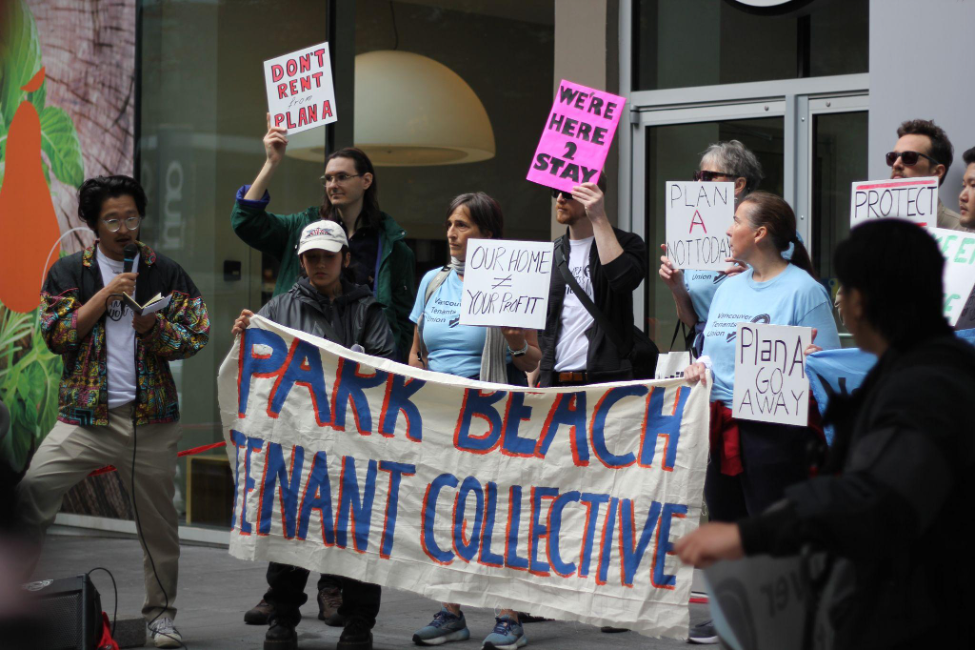


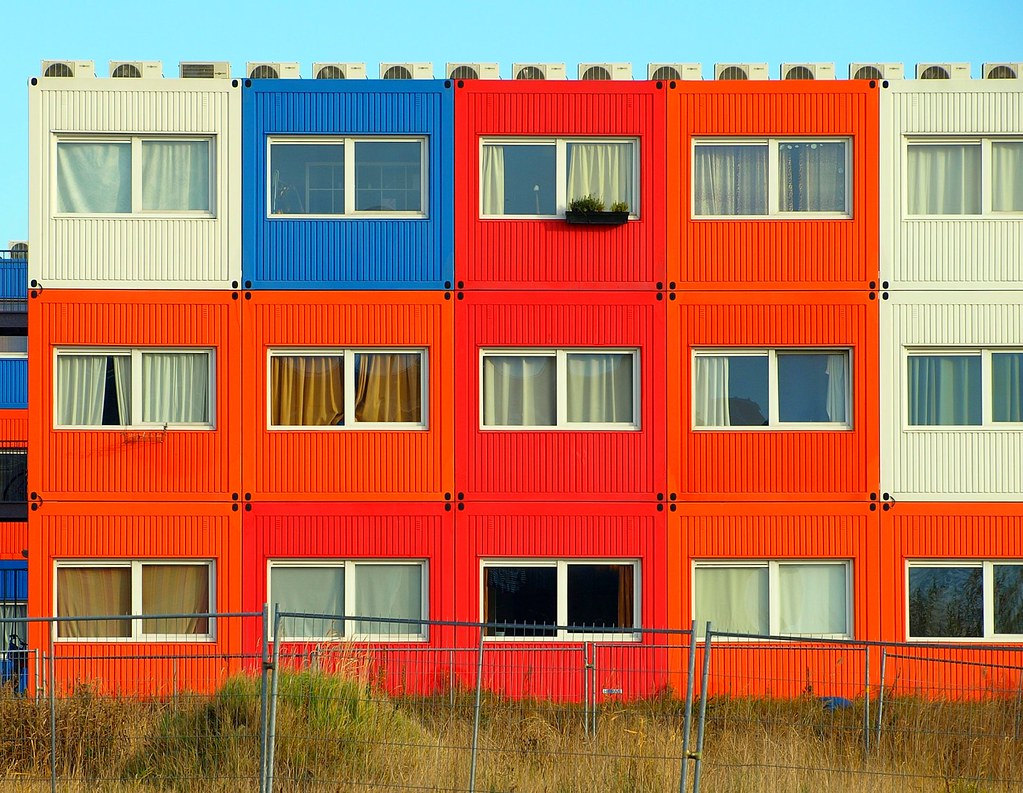



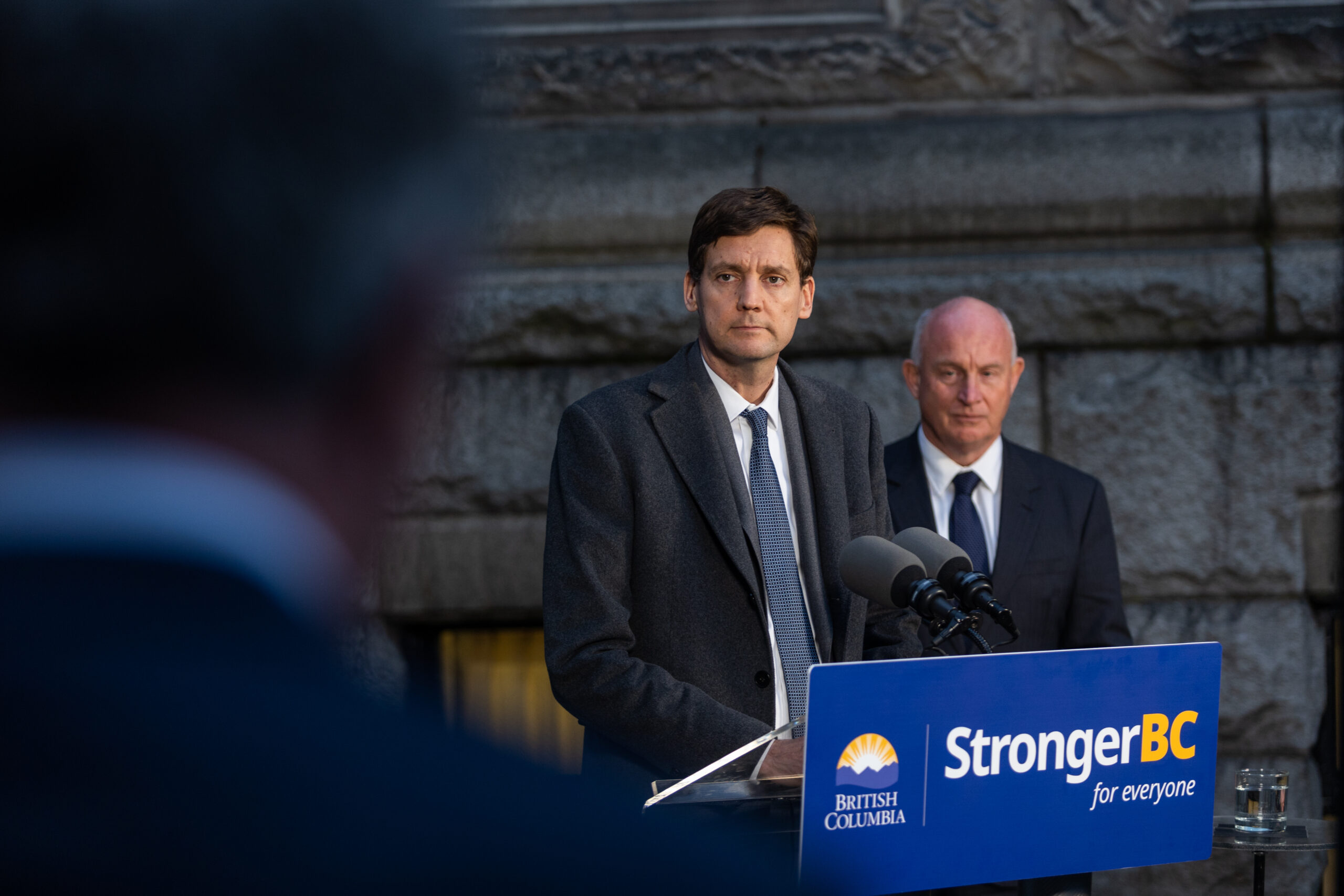


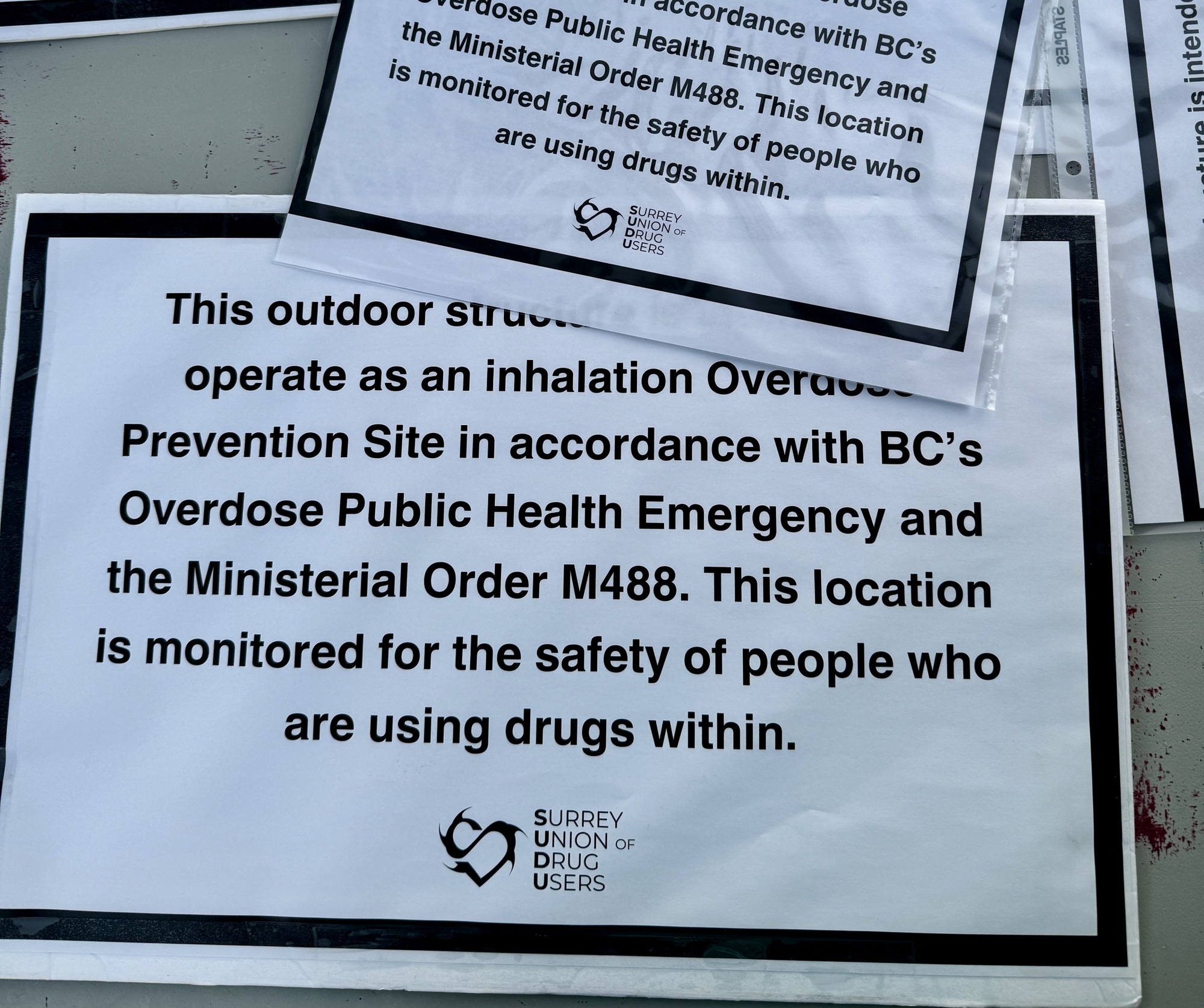



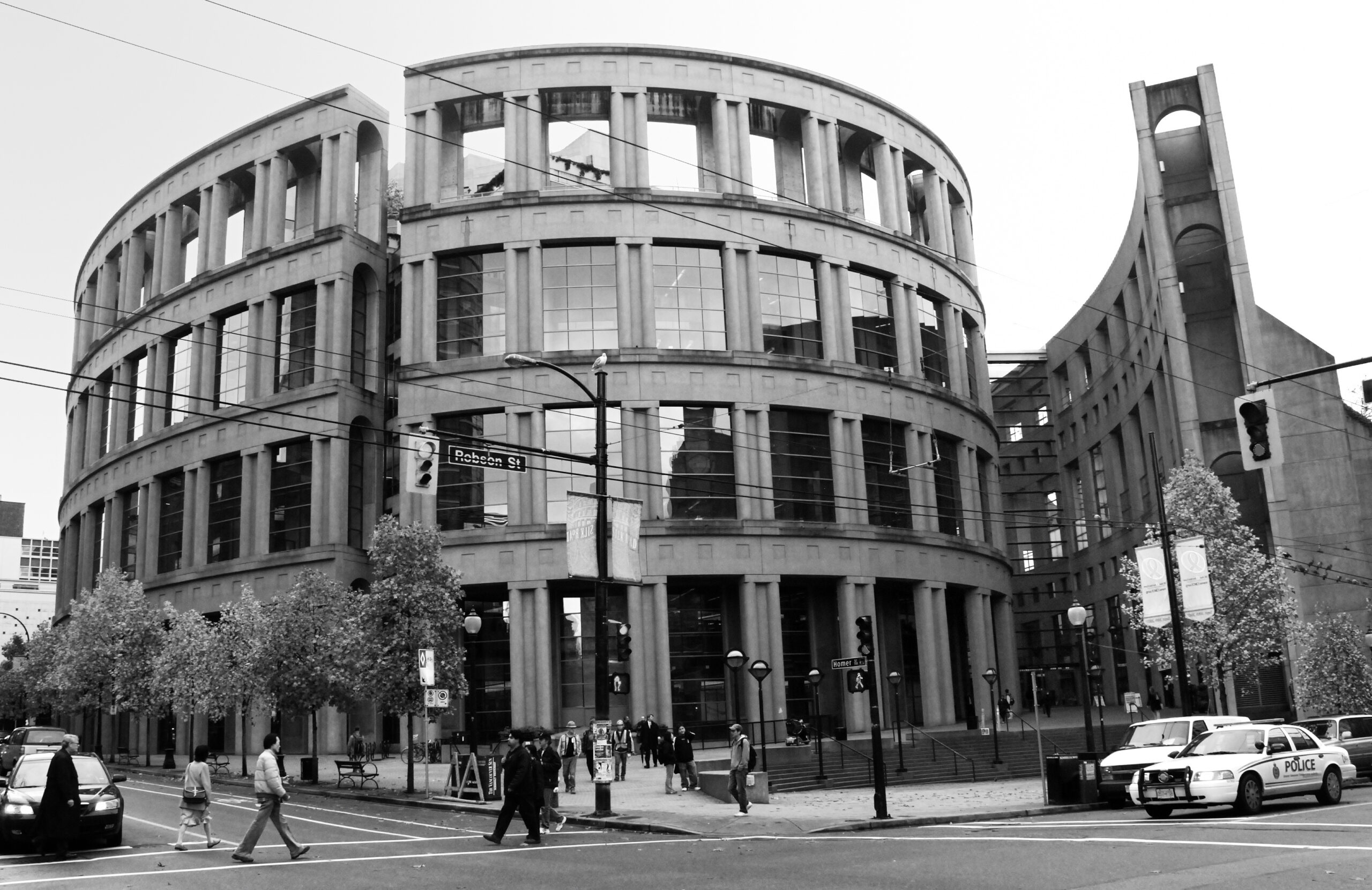
Dan
May 19, 2011 at 10:50 pm
Vancouver ranks highest in unaffordability only among those 5 or so cities mentioned. A newer version of the study, which includes Hong Kong, ranks Hong Kong much worse. Not to mention any number of other possible contenders…
Tristan Markle
May 20, 2011 at 11:11 am
Hi Dan. First, I think the link to the Demographia 2010 6th Affordability Study was broken – apologies for that, now it’s fixed. This was in fact a study of 272 cities around the world (not 5 cities). In 2010 Vancouver was the most unaffordable out of all 272 cities. Affordability was measured simply as a ratio of ‘median house price’ / ‘median household incom’, such that a ratio of 3 is considered affordable. Vancouver’s ratio was over 9.3! Syndey, another Olympic city, was the second worst.
The updated 2011 looked at even more global cities – 325 of them. Vancouver’s was the 323rd most unaffordable city. Although Vancouver’s unaffordability score actually went up from 9.3 to 9.5, Sydney inched ahead to 9.6, and Hong Kong leaped ahead as the worlds most unaffordable city – although they have massive amounts of public housing (40%).
Again, this is not a small sampling of cities. When you look at the 82 largest Major Metropolitan Markets, you have, as usual, Melbourne, Sydney, Vancouver, and Hong Kong way at the bottom of the “Severely Unaffordable Markets” group.
Tommy
May 20, 2011 at 3:24 pm
You’re so right about EcoDensity as greenwashing. Green urbanism is being used as a guise for gentrification and pushing low and middle income people out of the city.
And you’re bang on about how rental housing and affordable/public housing should be at skytrain stations because it’s the poor who take transit.
Also, I really like that you are explicitly using the term “public housing” and talking about RGI because that’s what we need to be pushing for the most, as opposed to social housing or supportive housing (those are important too, but already major increases in supportive housing).
It baffles me that 40 storeys are allowed for Marine Drive. Marpole is where I grew up and it has remained relatively unchanged since the 90s. But soon Marpole will be entirely gentrified. I’ve given up on Vancouver because looking at all the gentrification just stresses me out. My heart rate literally increases when the skytrain reaches Joyce. Surrey and the Fraser Valley is where it’s at for working people now. The irony is gentrification in the name of EcoDensity in Vancouver is just going to create more urban sprawl at the regional scale as people are forced to look further out for affordable housing.
Sean Antrim
May 21, 2011 at 12:13 pm
For those who didn’t see this in the Sun this week, it’s a recent affordability study that looks only at Canada.
http://www.vancouversun.com/business/Vancouver+remain+least+affordable+markets+country+report/4815507/story.html